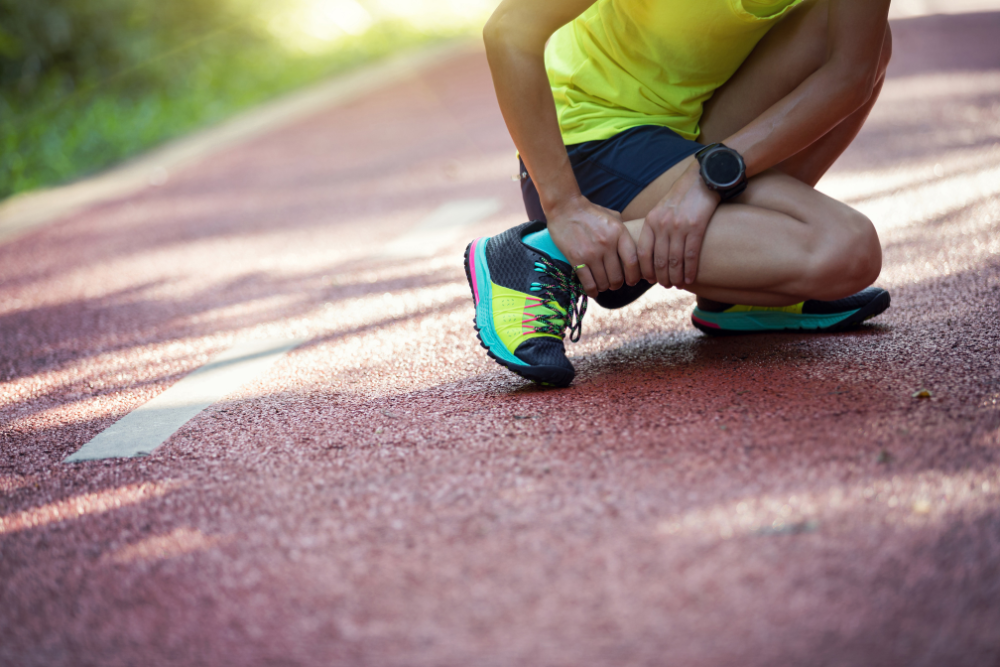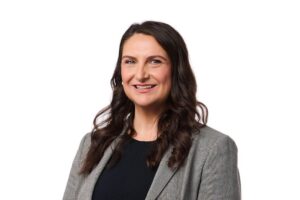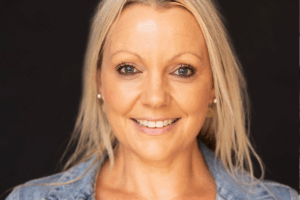WORDS: Dr Mark Ralfe
Just over 40% of children under 15 play organised sports with swimming, soccer and gymnastics heading up the top 3 of sports according to 2021 data from the federal government.
Some differences between children compared to older humans is that the weakest points on the growing skeleton are the cartilage growth plates (the epiphysis or epiphyseal plate) on the end of long bones – responsible for the lengthening of the bones and the tendon/growth plate interface (the apophysis). These can cause non-adult types of fractures (Salter-Harris type) through the growth plates and acute or chronic overuse apophyseal injuries e.g. Osgood-Schlatter lumps below the knees.
During adolescence when the growth spurt starts, the limbs get longer and heavier, and the growth plates thicken and get relatively weak.
As a slight aside, parents often ask how tall their kids will get or how much longer they will grow. As a rough rule in girls, it’s about 1.5 years after their period starts and otherwise around 3 years after the last increase in the size of the shoes.
If your child is potentially seriously injured or is ill, DO NOT drive them to the hospital. Accidents can happen when a distracted parent is half watching the road, half watching the little one in the back seat and speeding at the same time. It is hard knowing the ramping issues at the moment but only transport your child if you can promise yourself and everyone who loves you that you can calmly and safely get to the hospital without endangering the person you are trying to help or anyone else on the road.
What to do if the child…
Has a serious injury. What counts as serious? If the child is in a lot of pain, not moving or may have a spinal injury – keep calm (if you can). Ring for an ambulance, keep talking to your child and keep them warm. If they stop breathing, start CPR. One of the best pieces of advice I received from a paramedic on a training course was, if you think someone needs CPR, do CPR. If they don’t need it they will wake up, push you away or give some obvious sign they don’t need it.
Falls over and may have broken their arm. Gently support the arm in their shirt or pop a sling on (you’ve done a first aid course -right?). GPs can check to see if they need an x-ray, but sports clinics are well placed to get quick x rays if needed and there are private as well as public Emergency Departments. Don’t give the child anything to eat or drink in case surgery is needed in the next few hours.
Finger Sprains. Very painful. Keep it up, cold packs around it for 15 minutes 3-4 times a day for 2 days and strap it up. Often buddy strapping for 2 to 3 weeks when training and playing is really helpful. The South Australian Sports Medicine Association (SASMA) hold regular simple strapping courses for Mums and Dads. SASMA also is responsible for running sports trainers courses for all ages and skill levels and are a really useful resource. Hand therapists can make custom splints that can support the joint and often can be used when playing but check with your sporting association first.
Finger dislocation. It looks gross but don’t panic. Even if the finger goes back in it needs an x-ray. Occasionally there is a fracture through the joint that may need a surgeon to look at it.
Knocks a tooth out. Wash any dirt off it gently, do not scrub it and transport it to an emergency dentist in milk. If the child is old enough to cope with the concept, keep the tooth in their mouth. If you can’t find the tooth, the child may have inhaled (not good) or swallowed it. The toothless child needs to have a chest x-ray to check it hasn’t lodged in part of a lung.
Knocked their head. Concussions are getting more of the press they deserve. Only a small number of kids with a concussion are knocked out and it can present with a small headache or just “not feeling right” after a whack to the head or the body that’s shaken the head. Seeing your GP or a sports doctor as soon as possible is really important. Often the child needs some time off school, a learning plan for the teachers and a slow return to sports after getting back to school. Australian guidelines state those under 18 years old need a minimum of 14 days from the time of injury to a restart of full training (not playing). Twenty to thirty per cent of children have prolonged symptoms after 4 weeks that need specialised follow-up.
Ankle sprains. Children can break through the growth plate near the ankle rather than sprain a ligament. Often the growth plate is the weakest point if the ankle rolls. If the player can’t walk 4 steps normally and is very painful on the bones behind the ankle then they get an x-ray.
Psychologically burned out. There seem to be more and more teenagers coming through the door being incredibly stressed and under a lot of pressure to be elite. This pressure can come out in many ways, often in recurrent soft tissue injuries, depression, eating disorders or their performance drops or stalls. Pressure can come internally, with perfectionist tendencies for example or externally, from parents and or coaches. Sports should be fun. This isn’t from me. This is from international and national coaches who I’ve had the privilege to work with and who have guided athletes to the highest levels. My observation is that it’s impossible to get the hours of practice and performance needed under your belt unless you are enjoying what you are doing – whether it’s your job or your sport.
Sport is great for children. It is usually very safe and although there are occasional injuries the benefits of exercise, learning new skills and having fun far outweigh any potential negatives.
P.S. Exercise with others having fun is great for parents too. Whether we like it or not we are role models for our children. Seeing adults take time to exercise and enjoy it, is an essential part of childrens life learning. When our family lived in Balaklava for a year it was wonderful to see the kids play then Mum and Dad putting boots on later in the day playing footy and netball after the younger ones were finished. In the city this is harder to emulate but not impossible. We had a great time as a family going to a beginner hip hop dance class with my daughter Ellen being my dance buddy she is much better at remembering at the steps than myself. Be well.
Dr Mark Ralfe is a Sports Medicine GP with a Diploma in Child Health. Mark has worked for the AFL, Cricket Australia, Rugby Australia and FFA who works at Wakefield Sports and Exercise Clinic, Adelaide
Wakefield Sports and Exercise Clinic
120 Angas street, Adelaide
Follow KIDDO on Instagram and Facebook, and subscribe to our weekly newsletter






